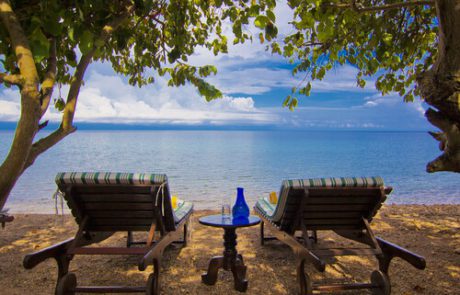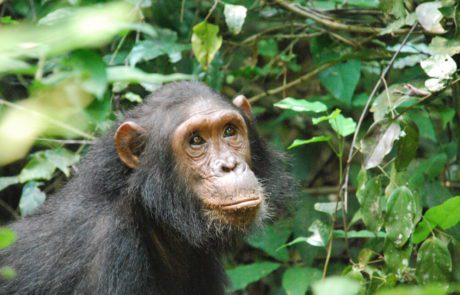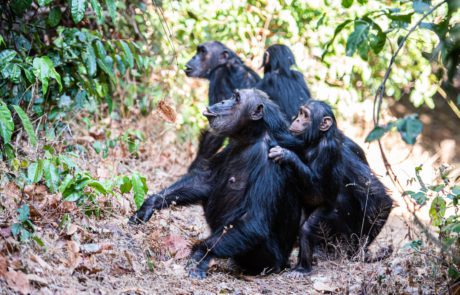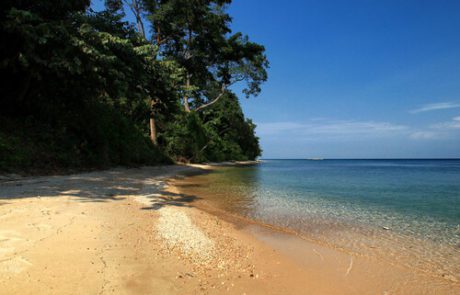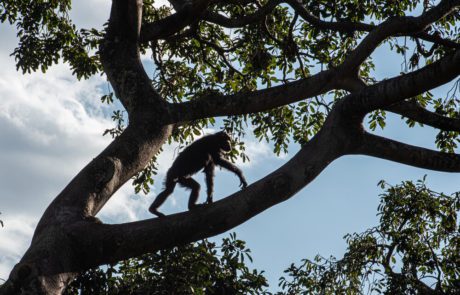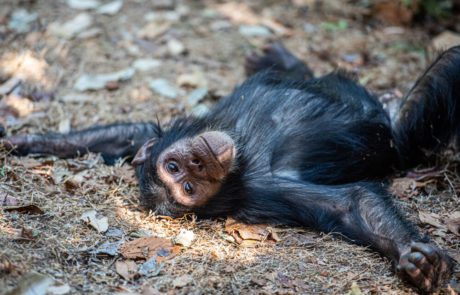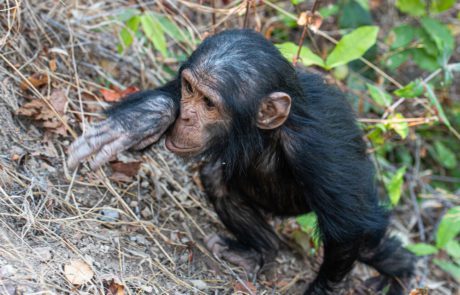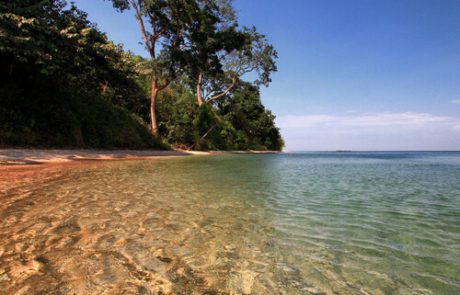Gombe National pak
Gombe National Park is renowned for its chimpanzee population. It was made famous by the groundbreaking work of Jane Goodall, who studied and observed chimpanzees here.
Design your trip
Design your trip
Gombe National Park: A Haven for Chimpanzees
Gombe National Park is located in the western part of Tanzania, is a small but incredibly diverse national park. It covers an area of just 52 square miles, but it is renowned for its dense forests, diverse wildlife, and stunning views of Lake Tanganyika. Gombe National Park is perhaps best known as being the site where Jane Goodall conducted her revolutionary research on chimpanzees. Today, visitors to the park can observe these magnificent creatures in their natural habitat, along with a wide variety of other wildlife species.
Wildlife & Animals
While the main attraction of Gombe NP is undoubtedly the chimpanzees, there are many other wildlife species that call the park home. Visitors may spot olive baboons, vervet monkeys, red colobus monkeys, and blue monkeys, all of which can be seen swinging through the trees. Gombe is also home to bushbucks, duikers, and a variety of other smaller mammals. For those interested in reptiles, Gombe National Park is home to various species of snakes, turtles, and lizards.
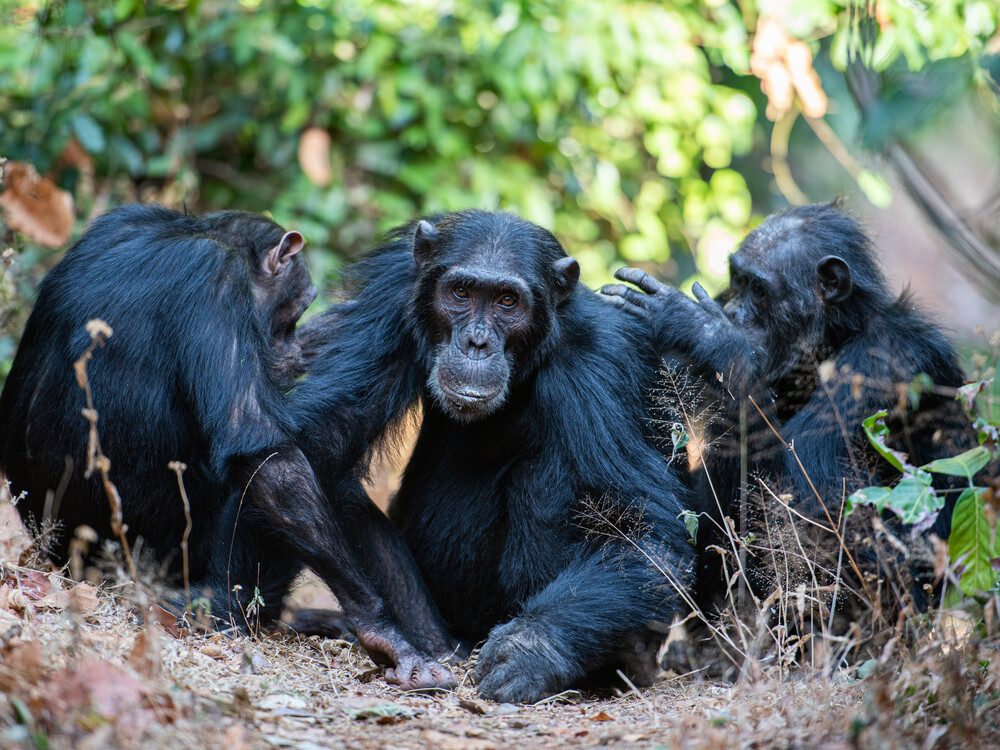
Birds
Gombe National Park is a haven for bird enthusiasts, with over 200 species of birds calling the park home. Visitors may spot colorful species such as African fish eagles, hornbills, kingfishers, and various species of sunbirds. The park’s diverse habitats, which range from forests to grasslands, provide a rich environment for a wide variety of bird species.
Best Time To Visit – Gombe National Park
The best time to visit Gombe Np is during the dry season, which typically runs from June to October. During this time, the vegetation is less dense and animal sightings are more frequent. The weather is also generally mild, making it more comfortable for hiking and exploring the park. It’s important to note that the rainy season, which runs from November to May, can make the trails muddy and slippery, and may result in reduced visibility for animal sightings.
Weather & Climate
Gombe National Park experiences a tropical climate, with warm temperatures throughout the year. The average daily temperature ranges from 75°F (24°C) to 86°F (30°C). The park receives most of its rainfall between November and April, with the remainder of the year being relatively dry. It’s worth noting that temperatures may be cooler in the evenings and early mornings, so it’s advisable to bring warm layers. Read Tanzania packing list
Getting There
To reach Gombe Np, visitors can fly into the Kilimanjaro International Airport in Tanzania. From there, it is possible to take a domestic flight to the Kigoma Airport. From Kigoma, visitors can then take a boat ride across Lake Tanganyika to reach the park. It’s important to note that the boat ride can take several hours, so it’s advisable to plan for a full day of travel to reach the park. You can combine Gombe National park Safari with other Tanzania parks, Mikumi, Nyerere, Udzungwa, Katavi, Serengeti, Tarangire, Ngorongoro, Lake Natron, Manyara, and Zanzibar.
Malaria & Safety
As with many destinations in Tanzania, it is important for visitors to take precautions against malaria when visiting Gombe NP. This includes taking antimalarial medication, using mosquito repellent, and wearing long-sleeved clothing and pants during the evenings and early mornings. It’s also important to stay on designated paths and trails to minimize the risk of encountering dangerous wildlife. Visitors should follow the guidance of experienced guides and rangers to ensure a safe and enjoyable visit to the park. Read our TripAdvisor reviews here

